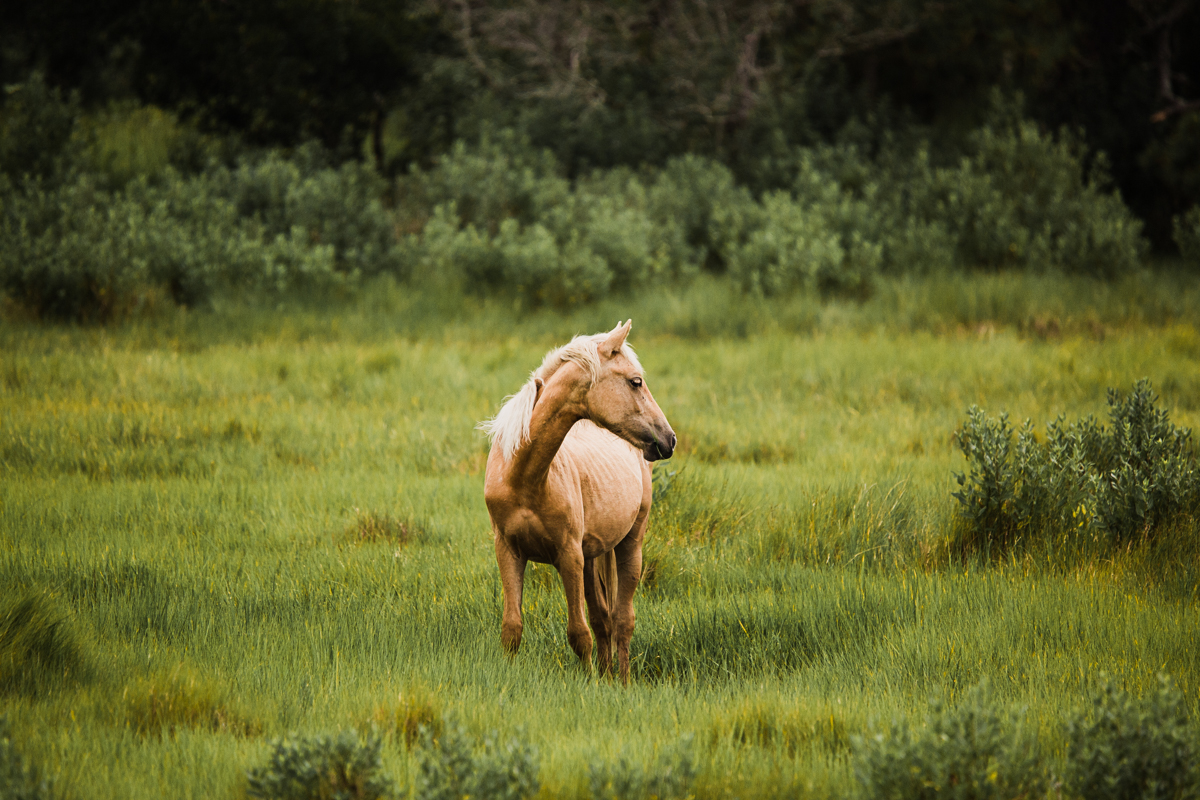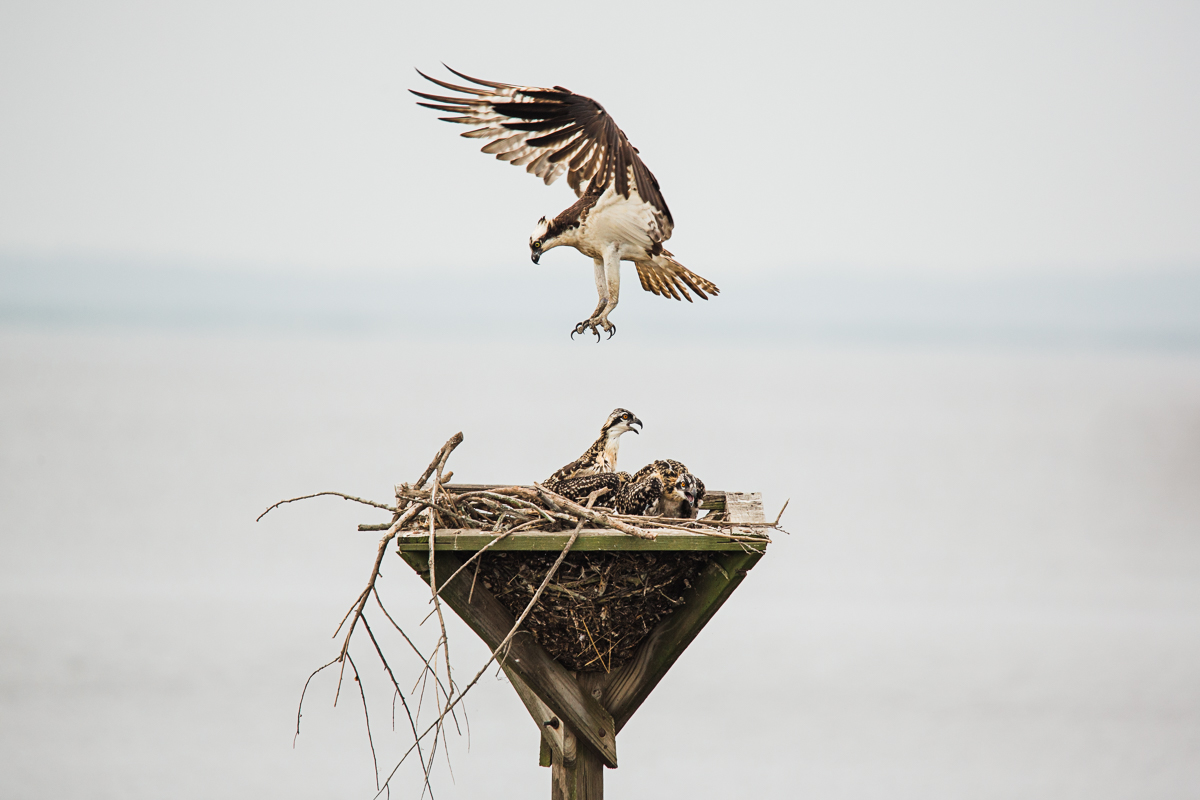
5 Tips for Photographing Nature and Wildlife
Cool weather is here! The leaves have changed colors, the days are shorter, and it’s a great time to get outside a photograph the wildlife that visits your area during the colder months! If you have an interest in trying wildlife and nature photography, I hope these five tips will help encourage you to step out of your comfort zone and give it a try!

1. Know Your Gear
I know, I know…we hear this everywhere we turn, but knowing your gear is just as important to nature and wildlife photography as it is to all other genres. You don’t have to own, or have access to, the newest and most expensive gear to get great shots, but you do need to know your gear and what it’s limitations are to avoid frustration and disappointment. Photographers who focus much of their work on wildlife will likely have invested in lenses that allow them to photograph their subjects from a distance, whether it be telephoto zoom lenses, or long primes. If you are an experienced photographer, and interested in trying out a lens you wouldn’t normally use, look in to renting one! If renting one isn’t possible, no problem! Your lenses focal lengths will factor in to how close wildlife will be in your photos, but even with a wider angled lens you can still tell a beautiful story of your time out in nature.
Knowing the below four points about your gear can help set you up to have a successful time photographing wildlife and not trying to learn how to use your gear to capture great shots.
a) If you are using a long prime or a telephoto zoom lens, make sure you know what the lowest shutter speed you can shoot with and keep your images sharp. Remember, these larger lenses can get heavy if you are hand holding them!
b) How well does your camera do in low/poor light? What is the highest ISO you can use and still produce a print worthy image with?
c) Do you know your focus modes and how to switch them quickly?
d) Do you know your focus points and how to toggle between them with the camera up to your eye?

2. Get to Know Your Subject
Taking time to research your subject will only help improve your chances of catching and capturing awesome photographs of wildlife. The most valuable way to learn about your subject is to simply spend time, in nature, observing them. The time I have spent at wildlife refuges just watching everything around me has been so instrumental in learning about wildlife and what to expect when I’m out with my camera. If you’re headed out for your very first wildlife focused photography trip, spending time observing might not be a possibility ahead of time. Facebook and other social platforms can be great resources in these instances to find and connect with people who have a passion for wildlife and/or wildlife photography. These connections can be wonderful for learning about the best places to see and photograph wildlife, as well as tips on how to capture great shots. BUT, always make sure the advice people are giving you is sound worthy and ethical! It’s ok to err on the side of caution and question if something sounds dangerous to you or the wildlife you are hoping to photograph!

3. Matters of Light
Golden hour is not just for portrait and wedding photographers. As a photographer who loves to photograph wildlife and nature, there’s nothing more exciting than being able to capture an awesome shot of my wildlife subjects during that dreamy light. However, asking a client to come to a sunrise session is a lot easier than asking a wild pony to be in the right spot during golden hour! If I’ve traveled 14 hours and through 5 states to visit a wildlife refuge, I’m absolutely going to shoot in whatever light there is available! Sunrise, golden hour, overcast, cloudy and raining, harsh light, and sunset – challenge yourself to shoot in all types of light, and learn which less-than-desirable light you can make work, and which light will never make you happy, and is best for a coffee or lunch break!

4. Composition and Focal Length
Right after buying my first DSLR, I was ready to go out on an adventure with it! My first outing with my camera in tow, the whole experience was a little overwhelming. Looking back at the wildlife images I took my first couple of years, many of my photos were all center composed and zoomed all the way in. Although I was thrilled to be getting sharp images of my subjects close-up, every image was starting to look the same. When I was comfortable with my gear I started concerning myself with the composition of my photos – paying attention to the rule-of-thirds, framing and leading lines, and starting to take notice of the whole scene in front of me and not just the details. Almost instantly my images started telling more of a story, than looking like a snap shot. Sometimes, there enough time to think about composition when trying to capture wildlife in action – that’s ok! But when the action has slowed, play around with the rule-of-thirds, golden ratio, your view point, focal length, and find ways to make your quiet images pull people in.

5. Respect
While I saved respect for my last tip, it’s the most important tip I can encourage you to take time and learn more about. Photographing wildlife and nature is not just about capturing great images, but there’s also an important responsibility to treat the nature and animals you photograph with the utmost care are respect. I hope it goes without saying that you should always be respectful of private property, the people who work at parks you may visit, park guests, and other photographers, but I can’t stress enough the importance of an ethical approach to photographing the wildlife and nature available to us. If you are visiting a park, make sure to take some time to visit their website and read the rules they have in place for visitors – where to park your car, how to interact with wildlife, what trails to go on, hours the park is open, etc. I also encourage you to take some time a do a Google search on Ethical Wildlife Photography. There are many excellent resources available that will help ensure both you, and the wildlife and nature you’re photographing are safe and have the best experience possible.
Tricia Bovey can be found on our forum as a moderator and at the following:
FACEBOOK // TWITTER // INSTAGRAM // PINTEREST
